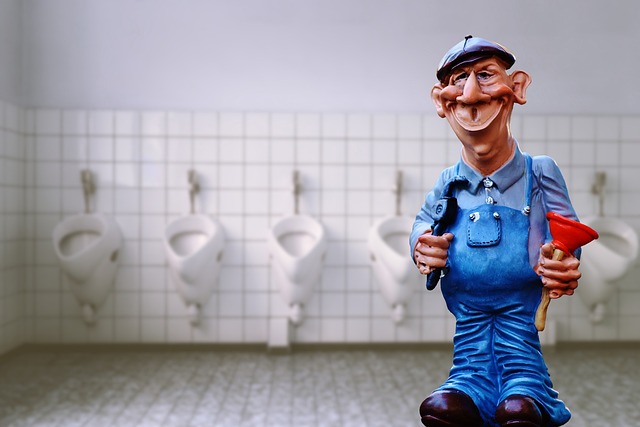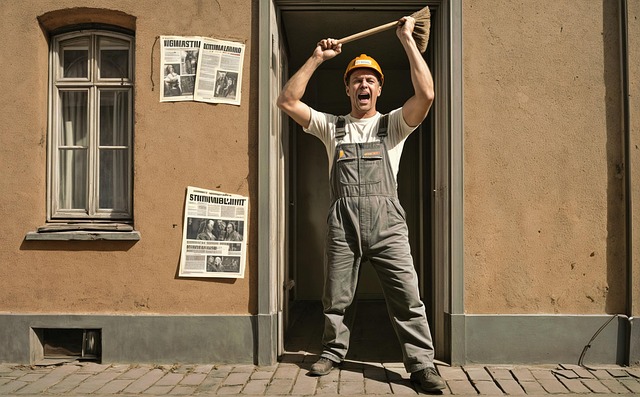Common plumbing issues like leaky faucets, pipes, outdated fixtures, and faulty appliances waste water and drive up bills. Even small leaks can lead to significant water loss and property damage if left unaddressed. Regular inspections and quick repairs are essential to saving money, preventing environmental waste, and safeguarding homes from costly damages caused by common plumbing problems.
Are you tired of receiving shockingly high water bills? Understanding your plumbing can be the key to significantly reducing these costs. This article explores five common plumbing issues that waste money and drive up your water expenditure. From leaky faucets and outdated systems to hidden water-eating appliances, we’ll guide you through practical solutions and maintenance tips. Learn how addressing these common plumbing problems can lead to substantial savings and a more sustainable home.
Leaky Faucets and Pipes: The Silent Money Drain

Leaky faucets and pipes are among the most common plumbing issues that can significantly drive up your water bill. These seemingly small drips or constant flows might go unnoticed, but over time, they waste vast amounts of water—and money. A single leaky faucet can waste hundreds of gallons of water annually, contributing to higher utility costs.
Even tiny leaks in pipes, whether hidden behind walls or under sinks, can lead to substantial water loss. The subtle sound of dripping water might not seem concerning, but it’s a sign of a potential problem. Regularly checking your plumbing system for any signs of leaks and promptly fixing them is an effective way to mitigate unnecessary water—and money—wastage.
– Types of leaks to look out for

Leaks are one of the most common plumbing issues and can significantly contribute to high water bills. It’s important to be aware of various types of leaks that could be lurking in your home. One type to look out for is pipe leaks, which often manifest as dripping taps or wet spots on walls and ceilings. These leaks can vary in severity and go unnoticed until they’ve caused substantial damage.
Another common plumbing issue is a toilet leak. The toilet tank contains several components that can fail over time, leading to constant water running or a continuous hissing sound. Also, consider faulty fixtures, such as showerheads or faucets, which may have damaged gaskets or seals, causing water to drip uncontrollably. Identifying and fixing these leaks promptly is crucial for saving money and preventing further damage.
– Impact on water bills and overall costs

Water leaks are one of the most common plumbing issues, yet they significantly impact water bills and overall costs. Even small drips can waste gallons of water over time, leading to higher expenses for homeowners. According to experts, an undetected leak can increase your water bill by up to 20%. Additionally, neglected plumbing problems can cause extensive damage to your property, requiring costly repairs or even replacements.
Other common plumbing issues like outdated fixtures, faulty appliances, and clogged drains also contribute to high water bills. Outdated fixtures, for instance, may not be designed to conserve water efficiently, while faulty appliances can lead to unexpected surges in water usage. Clogged drains can cause water to back up, leading to unnecessary wastage. Addressing these common plumbing issues not only helps reduce water bills but also promotes environmental conservation and prevents severe property damage.
High water bills can be a nagging problem, but understanding common plumbing issues like leaky faucets and pipes can help you identify and address these silent money drains. By being proactive in maintaining your plumbing and addressing leaks promptly, you not only reduce your water bills but also contribute to the conservation of this precious resource. Remember, even small leaks can lead to significant waste over time, making it crucial to keep an eye out for these common plumbing issues.
